Thousands of years ago, the Sa Huynh people lived along the central coast. They created the famous Sa Huynh culture, at the same time as the Dong Son culture in the North and the Oc Eo culture in the South.
At that time, the Austronesian people migrated from the southern sea to live together and mix blood with the Sa Huynh people, becoming ethnic groups that speak the Malay - Polynesian language.
A part lived in the coastal areas, became the Cham people, influenced by Indian culture; another part lived on the edge of the mountains, in the midland and semi-mountainous areas or crossed the mountains to the Central Highlands, little or no influence of Indian culture, their descendants later became the Ede, J'rai, Chu Ru, Raglai people.
These ethnic groups carry within them the "genes" and origins of the coastal region, which are their language and anthropological characteristics, typically the boat-shaped roof and the two sides of the houses of the J'rai and Ede ethnic groups that are slightly narrowed towards the bottom like the sides of a boat.
In the modern and contemporary periods, the trade between the Kinh people and the Central Highlands people has been continuous. In the past, a “salt road” was formed and existed from the plains to the highlands and vice versa. The Ede people have a saying: “Nao trun yuăn mlih hra” (translated as “Go down to the Kinh people to exchange salt”).
At that time, salt was very scarce, so the ethnic minorities in the Central Highlands had to cross mountains and forests to the lowlands or border areas to sell forest products, exchange fabrics, bronze pots, gongs, jars, metal objects, fish sauce, salt, etc.
The Central Highlanders knew early on to open trade routes with the Kinh and neighboring ethnic groups. They used elephants, horses, and trekked through the forest to more remote places to make a living and develop their communities and villages. The precious commodity at that time, likened to “white gold”, was salt. The salt they earned was saved for later consumption and used sparingly.
 |
| Elephants are a means of transport that helps people in mountainous areas travel far to trade and exchange, forming the "salt road". Photo: Documentary |
The legends of the Central Highlands people such as the Ma, Ko Ho, and Sre bear a strong imprint of the sea, which is the transmission of the Salt God with the belief and faith in Me Boh, Me Bla - Mother of Salt - who brought them salt and sacred sea eels. In the world of ethnic humanism, Mother Salt is an important part of the spiritual world, the embodiment of the gods of origin, controlling and holding human life and the safety of the community. For the people, salt is sacred with the image of Mother Salt, comparable to Mother Rice, the lucky gods with the characteristics of the sea and forest, bringing warmth and prosperity to the community.
The ancient “salt road” is not only deeply ingrained in the subconscious of the Ede, J’rai, and M’nong people, but also evidenced through documents and images recorded by the French in the early 20th century. A typical example is a photo of the Highlanders in Dak Lak going down to the plains to trade in the 1920s, clearly showing the luggage and items they brought with them including: wide-brimmed conical hats, blankets, rice cookers, sticky rice steamers, water gourds, etc.
In the work “The Forest of the Montagnards”, Henri Maitre wrote: “There are Moi people who have to travel from 15 to 20 days to get to the market to get salt for one or two months (…) these are continuous trips on very difficult roads, through forests full of wild animals, at night they have to climb trees to sleep”. Or in the work “The Ede, a matriarchal society”, author Anna de Hauteclocque-Howe described in detail the journeys to the sea: “The Ede people have the habit of going down to the lowlands in the dry season in small groups, following horses and elephants carrying products to exchange for goods made by the Vietnamese, metals and especially the precious salt which was the first reason for the trip…
The journey to Ninh Hoa took at least three days. They took numerous precautions in the form of taboos and sacrifices to ask for the favor of the gods who ruled over the places they passed and to protect them against tigers. The opening of the road to Ninh Hoa at the same time made it much easier to go down to the sea, which ruined the communication with the West (trade with Laos, Cambodia, Thailand).”
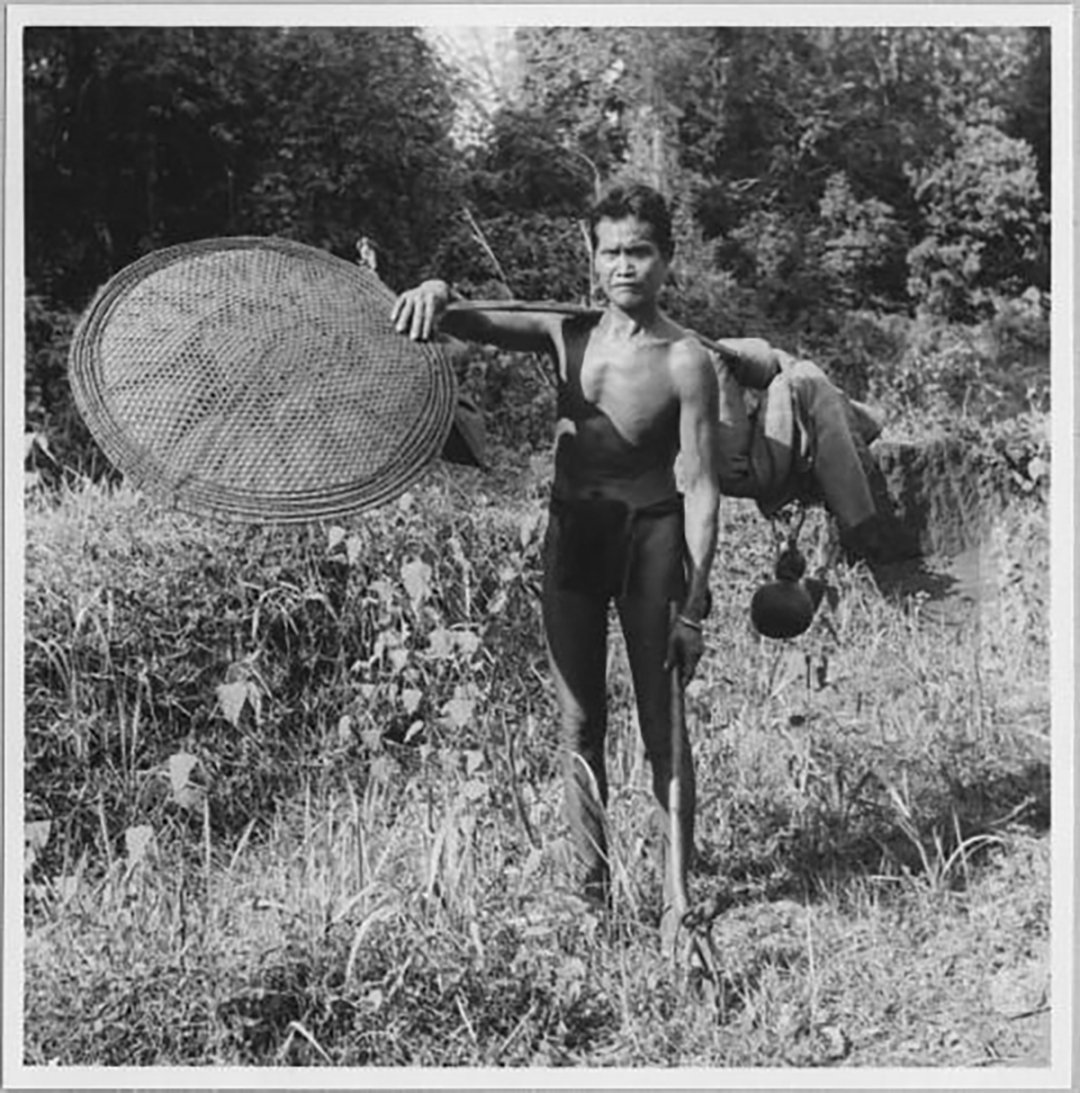 |
| Ede man with his luggage on the way to the plains to exchange for salt. Photo: Archive |
The “salt road” is also the road that opens up trade, support and connection between the Kinh and the Thuong people, working together, reclaiming and settling down in the Central Highlands. Having salt means having a source of life, prosperity and well-being. Going to Kinh to exchange salt, buying metals such as silver and copper to make jewelry. The M'nong people have a rhyme about men, the heads of families who know how to do business and have the will to get rich: “Jăt bu ti ăp nsi play vai/ Brô bri Srai nsi play prăk” (translation: Going to herd buffaloes, you must pick fruit/ Going to the Srai region, you must bring silver home”). Thus, it can be said that the support between the forest and the sea is an economic foundation that has been established for a long time.
Source: https://baodaklak.vn/van-hoa-du-lich-van-hoc-nghe-thuat/202504/huong-vi-bien-o-tay-nguyen-05b16aa/







![[Photo] Prime Minister Pham Minh Chinh chairs conference on anti-smuggling, trade fraud, and counterfeit goods](https://vphoto.vietnam.vn/thumb/1200x675/vietnam/resource/IMAGE/2025/5/14/6cd67667e99e4248b7d4f587fd21e37c)








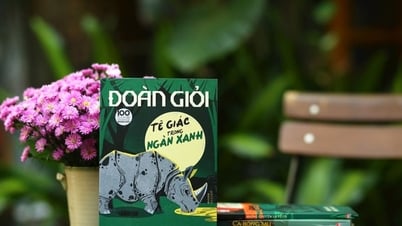







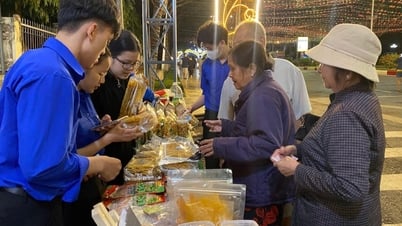

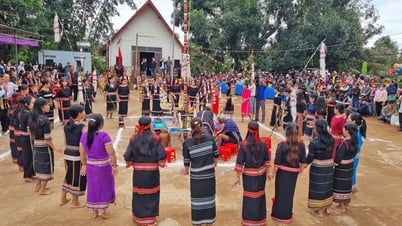






















































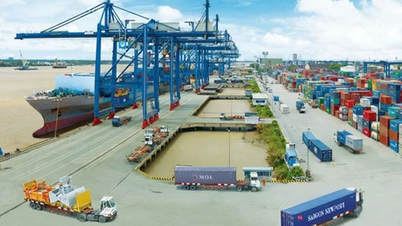

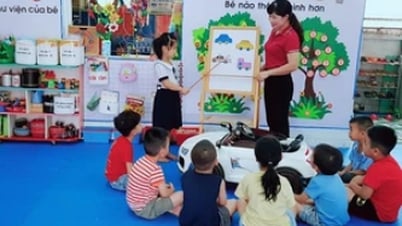









Comment (0)